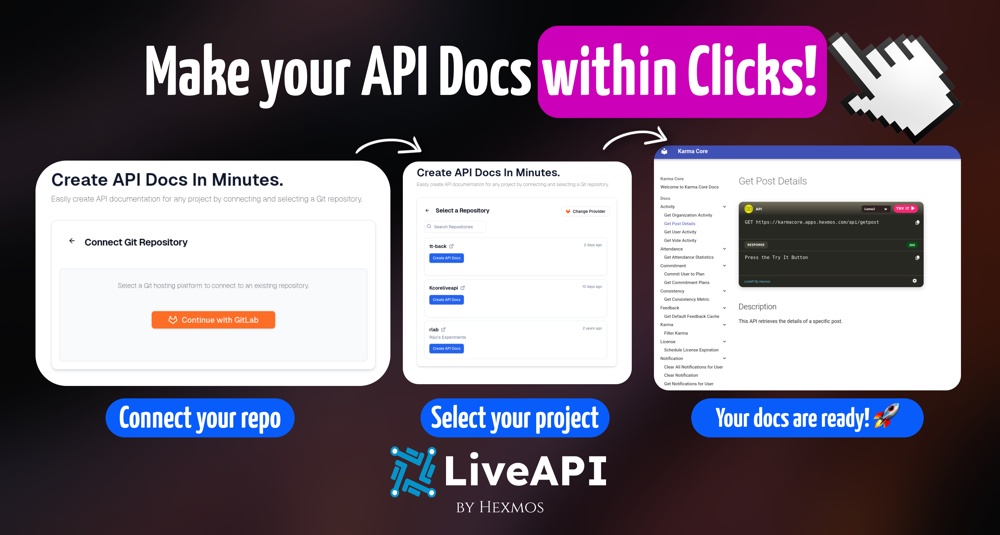The Importance of Efficient Repository Management
Whether you're working alone or as part of a larger team, how you handle your repository can significantly impact the development process. A well-organized repository promotes smooth collaboration and boosts productivity by reducing conflicts and simplifying workflows. In this article, we’ll explore key practices for managing repositories effectively, with an emphasis on improving project efficiency and fostering teamwork.
Why Proper Repository Management Matters
Good repository management plays several vital roles:
- Boosts Collaboration: A clear structure and set of rules reduce conflicts, allowing multiple developers to work on the same project without issues.
- Maintains Code Quality: With defined guidelines, you can uphold high coding standards and prevent bugs or errors from creeping into the codebase.
- Supports Project Growth: As projects expand, a well-maintained repository adapts to new challenges, helping to manage more complex systems with ease.
- Protects Against Data Loss: Regular backups and version control ensure your code is safe from corruption or loss, preserving project integrity.
Key Techniques for Managing Repositories
Here are a few best practices to enhance the organization and effectiveness of your repository throughout the project lifecycle:
Select the Right Hosting Platform
When choosing a repository hosting service, consider the specific needs of your team and project. Platforms like GitHub, GitLab, and Bitbucket each offer unique features, so pick the one that aligns with your objectives. For instance, GitLab’s integrated CI/CD tools are perfect for teams seeking automation, while GitHub’s vast community is excellent for open-source projects.
Structure Your Repository Clearly
An intuitive and clean structure is essential for smooth collaboration. Everyone should know where to place their files and how to find what they need. A typical repository structure might look like this:
/src # Core codebase /build # Compiled files and outputs /docs # Project documentation /config # Configuration settings /tests # Unit and integration testsBe sure to include a
.gitignorefile to exclude unnecessary files, such as temporary logs or OS-specific configurations, from being tracked.Craft Meaningful Commit Messages
Clear commit messages are vital for understanding the version history. Avoid vague messages like "fixed stuff" and instead aim for something informative, such as "fix: resolve user login issue" or "feat: implement new dashboard component."
Follow Naming Standards
Consistency in naming conventions helps ensure that the project is easy to navigate and maintain. Use a uniform format for branch names, commit messages, and tags. For example, prefix branch names with
feature/orbugfix/to indicate the nature of the work being done.Manage Permissions and Access Control
Not all team members need the same access level. Properly managing permissions allows you to control who can make major changes, reducing the risk of errors. Most platforms enable you to assign roles like "Admin," "Collaborator," or "Viewer" to customize access for different users.
Implement Branch Protection Rules
Protecting essential branches, such as
mainordevelop, is crucial for maintaining code integrity. You can set up rules to enforce pull requests before merging, require code reviews, or ensure that tests pass before deployment.
Automating Documentation Updates
Keeping documentation up to date can be a challenging task for developers. Manually updating documentation as the code evolves is time-consuming and prone to errors. One solution is to automate the process by generating documentation directly from the code itself. Tools like LiveAPI provides you a Super-Convenient way to automatically generate and maintain API documentation, saving time and ensuring that your docs stay current with your code changes.

Monitoring Repository Activity
Keeping track of repository activity is another essential part of effective management. By regularly reviewing commits, pull requests, and issues, you can identify potential problems early and keep things running smoothly. Platforms such as GitHub offer analytics and activity logs that provide insights into who’s making changes and what those changes entail.
Conclusion
Repository management goes beyond just organizing code—it's about creating an environment that encourages collaboration, maintains high standards, and adapts as projects grow. By following these best practices and leveraging the right tools, you'll ensure efficient repository management and a smoother development process.
For even greater efficiency, consider utilizing AI-powered tools for tasks like documentation generation. These tools can help maintain consistency and save time, allowing you to focus more on coding. Stay organized, apply these strategies, and your team will benefit!
